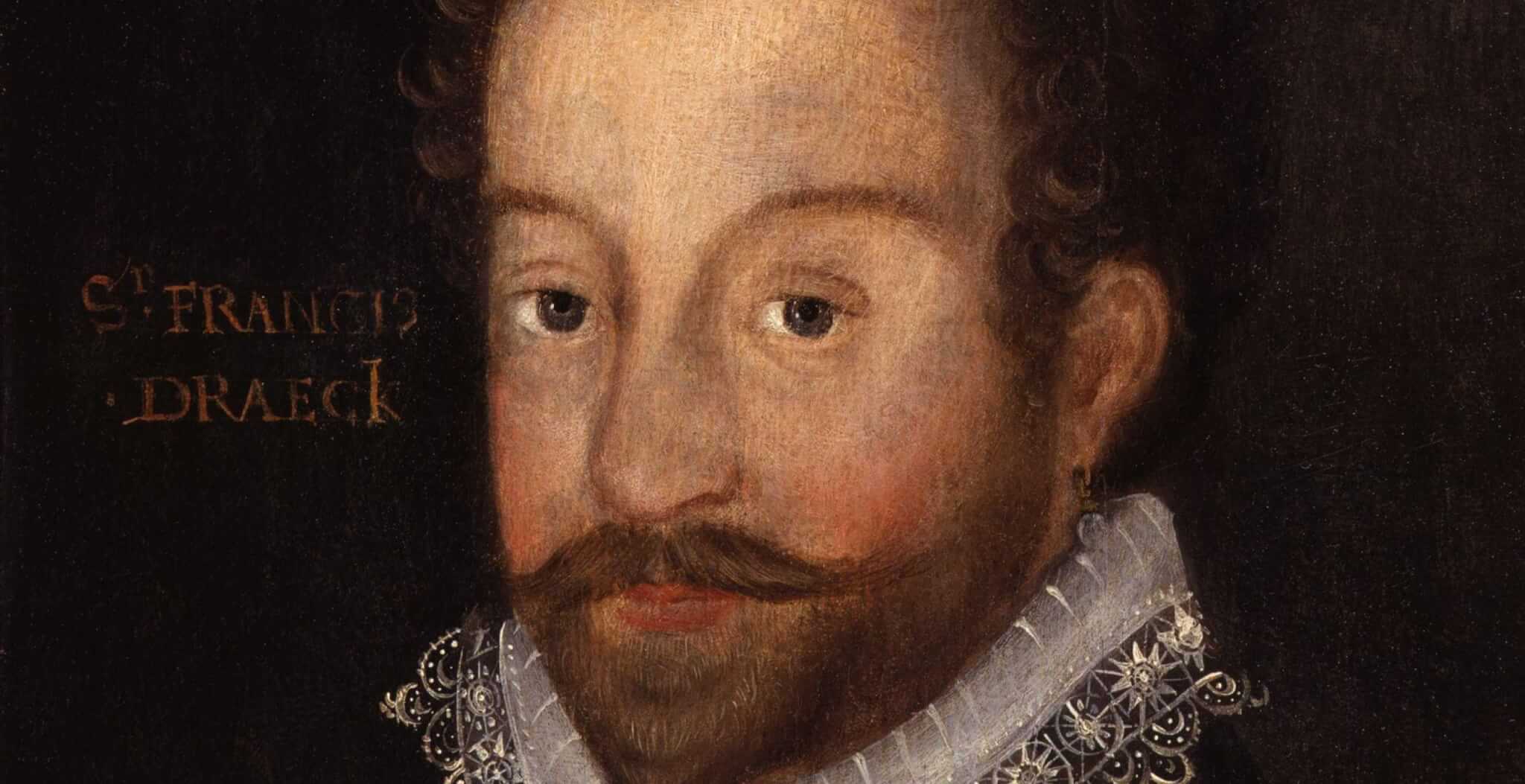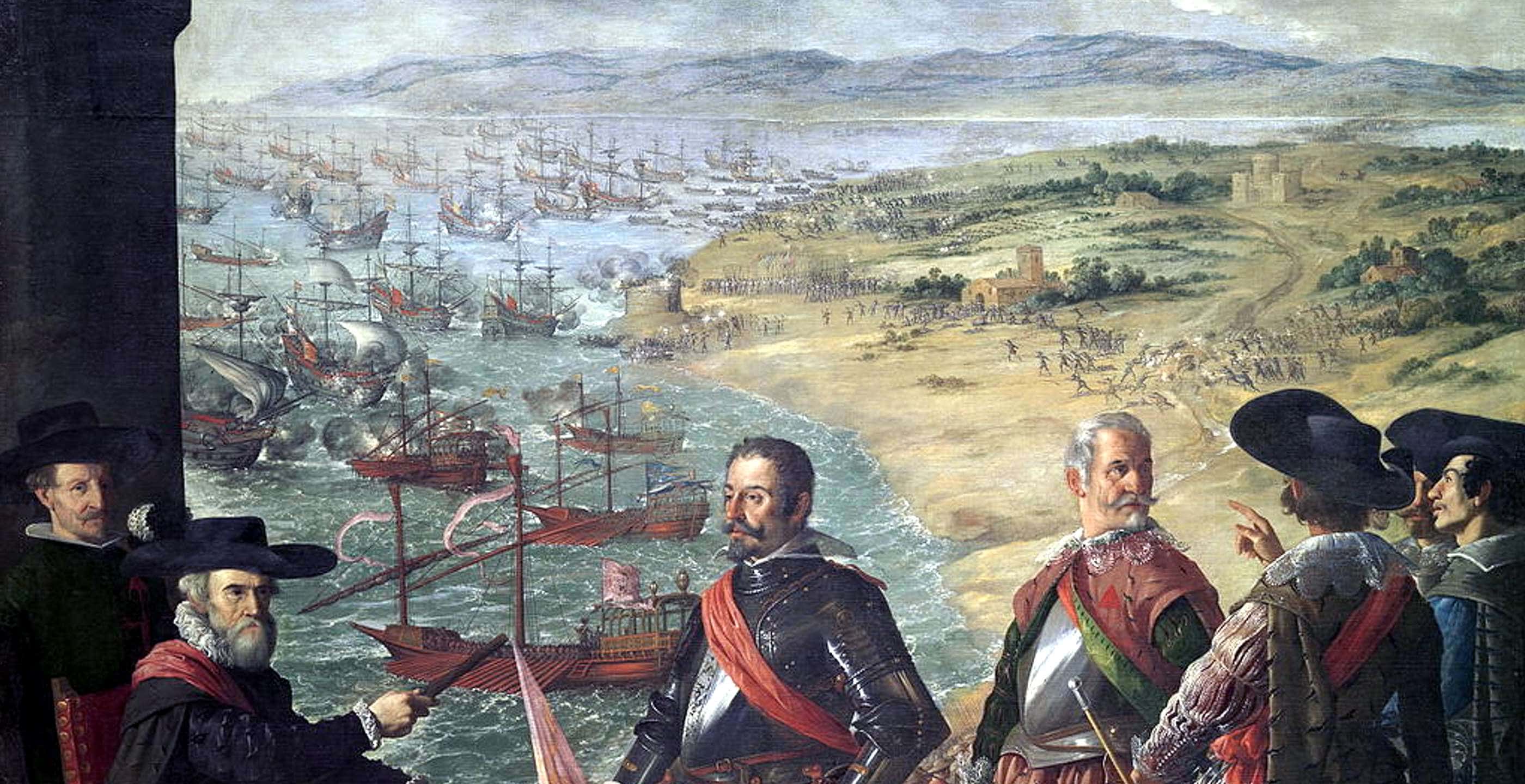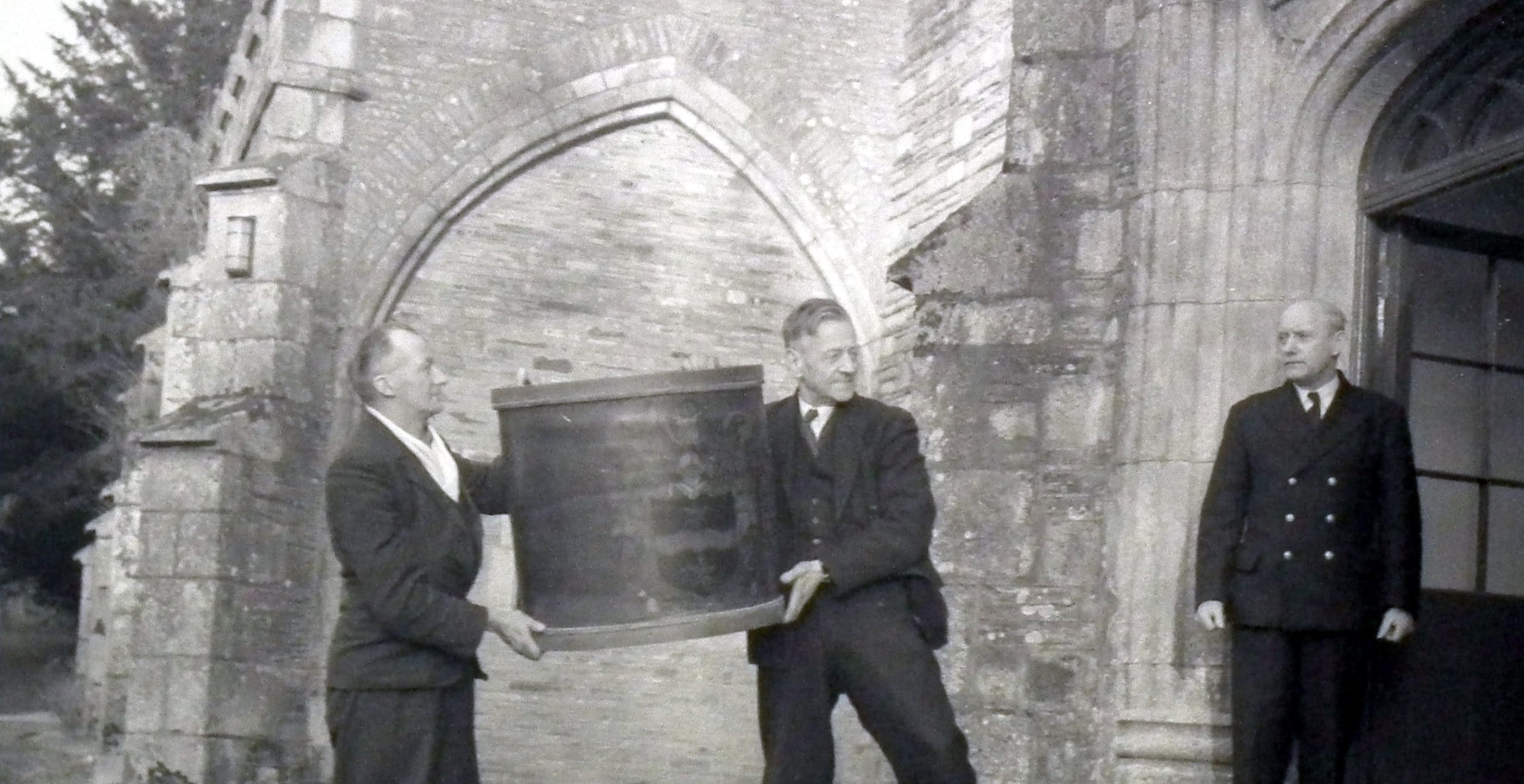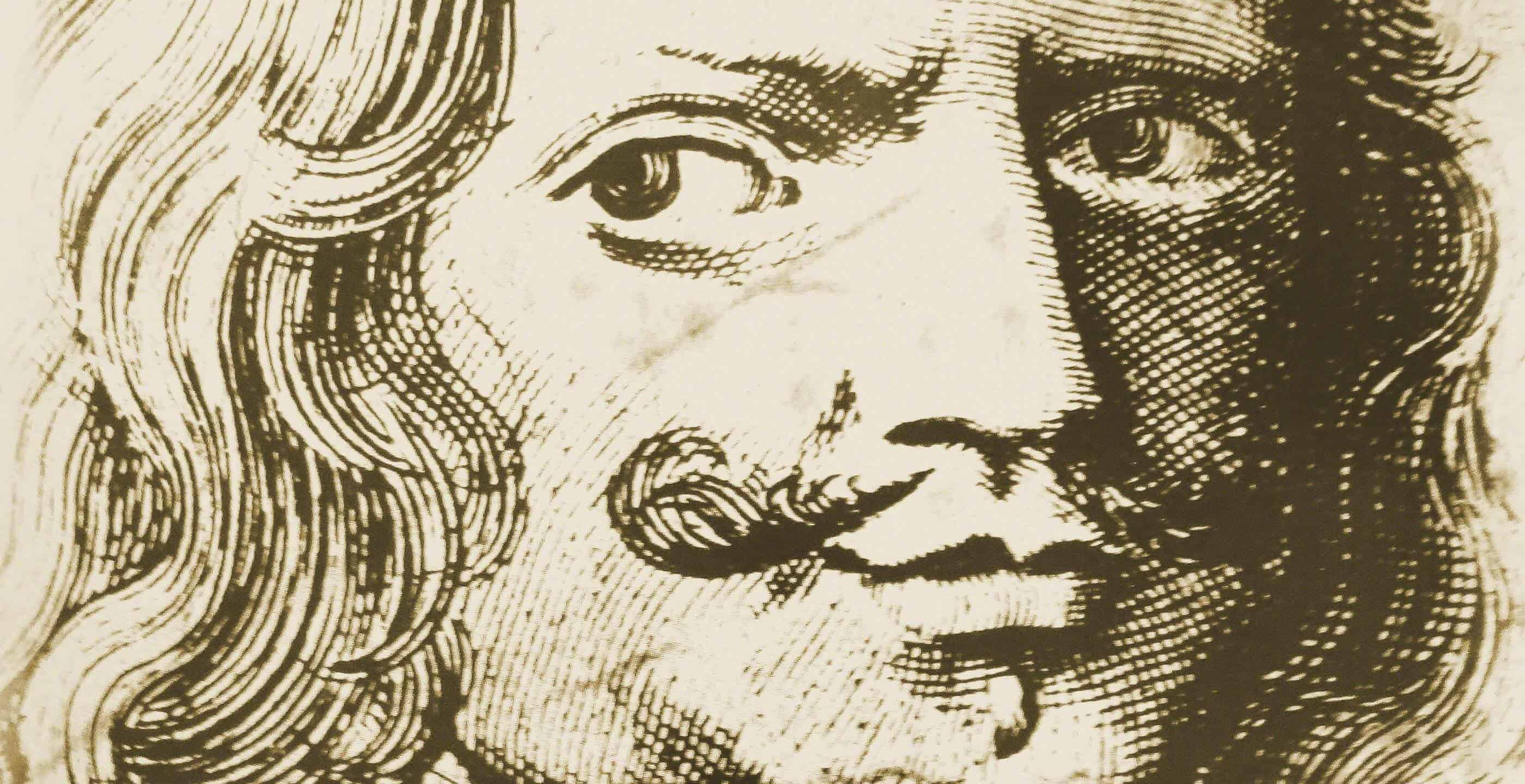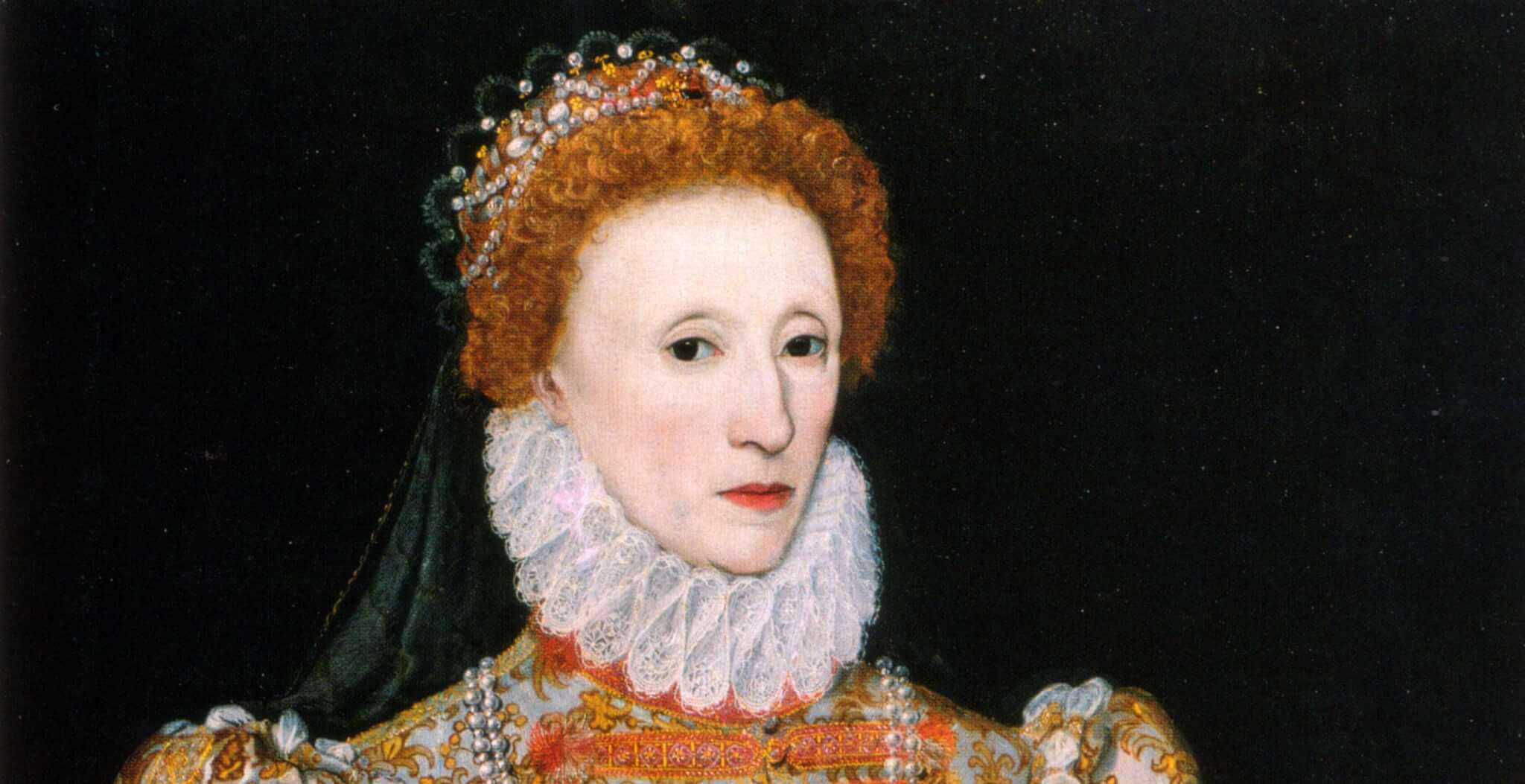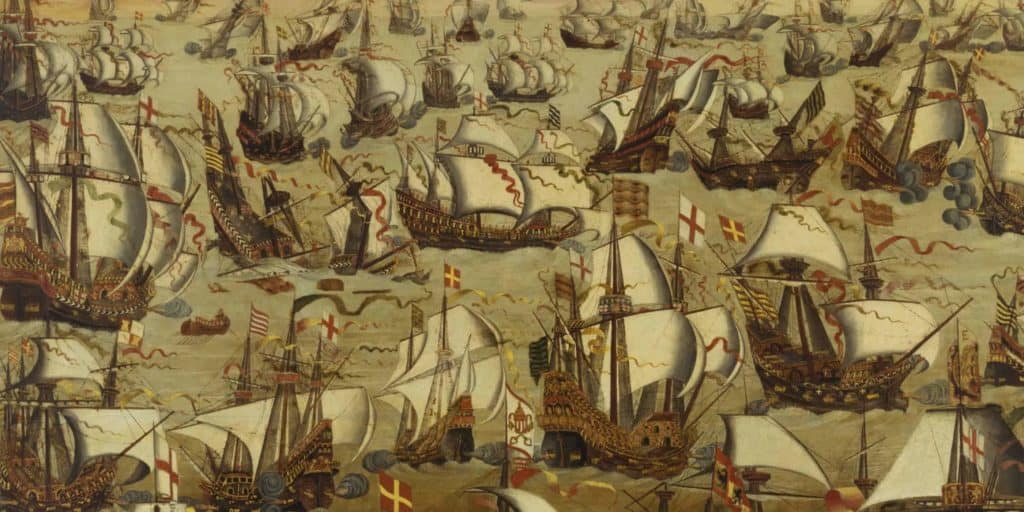Sir Francis Drake – to the Spanish, a wayward pirate; to the English, a hero. He could be considered a morally dubious hero in many ways, perhaps even a villain, but was still incredibly influential in Tudor times.
Drake (c. 1540 – 1596) was born the eldest of 12 sons, in Tavistock, Devon. His father, Edmund Drake, was a farmer and preacher. The family later moved to Kent, where they lived in an old ship and it was there that his fascination with sailing began. The reason for the move is not entirely certain: the Prayer Book Rebellion of 1549 angered Catholics, who could have then made it difficult for Drake’s Protestant family, or it may be that Edmund was involved in petty crime. Francis had a trading ship left to him by his apprenticeship boss at the age of 20, which was perhaps the catalyst for his historic naval achievements.
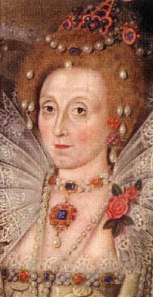 During the Elizabethan period (1558-1603) of Tudor England, the country’s population was growing, and the desire for power and to explore was increasing. Religion and politics were dominant forces. Queen Elizabeth I was eager to follow in Spain and Portugal’s explorative footsteps – they were travelling the globe, to the Americas, benefiting from slavery and setting up important trade routes.
During the Elizabethan period (1558-1603) of Tudor England, the country’s population was growing, and the desire for power and to explore was increasing. Religion and politics were dominant forces. Queen Elizabeth I was eager to follow in Spain and Portugal’s explorative footsteps – they were travelling the globe, to the Americas, benefiting from slavery and setting up important trade routes.
Francis Drake was key to gaining much of England’s riches and naval successes, however morally corrupt his actions were! He would attack Spanish vessels, taking the treasure that they had brought back from abroad, and would raid Spanish and Portuguese ports. Walter Raleigh/Ralegh was a distant relative of Drake, famous for many things including writing and expedition. He contributed to the colonisation of the New World. Exploration was obviously in their genes!
To the Spanish, ‘El Draque’ (The Dragon) was a wayward pirate, a threat to their voyages. The king of Spain and Portugal, King Philip II was said to have offered the huge sum of 20,000 ducats (£4 million) for Drake’s life. Drake was definitely not popular! Although vital to the British government and the Queen herself, even the English people were somewhat divided in their view of Drake. Some admired his achievements and courage, whilst others resented him.
Drake and his second cousin, Richard Hawkins, led one of the first slavery trips to West Africa in 1567. It was illegal in English law to capture people and transport them, but in those days it was perceived as ok if they were already enslaved, non-protestants or criminals! They were attacked by Spanish vessels and only two of the six British ships survived (those led by Drake and Hawkins themselves). This, as well as other factors, contributed to fuelling the animosity between Spain and England, leading up to the war in 1585 and subsequent Armada.
Queen Elizabeth I had obvious faith in Drake – in 1572 she enlisted Drake as a privateer (pirate working for the head of a country) to sail to the Americas. Her minister, Lord Burghley, was not at all fond of Drake’s villainous behaviour, but did concede that he was a good weapon against the Spanish. Queen Elizabeth had to maintain a public attitude of disapproval for his unlawful methods, to try and prevent hostile relations with Spain. She did approve of the treasure he returned with though!
Magellan led the first voyage round the world, but Drake was next, the first Englishman to achieve this. The trip lasted 3 years from 1577-1580. He led the trip alongside Jon Winter and Thomas Doughty, the latter secretly appointed by Queen Elizabeth I. In 1578, though, Drake would accuse poor Doughty of witchcraft! This led to his beheading on 2nd July for mutiny and treason.
Drake left Plymouth on 13th December, 1577 on board the Pelican, after a delay due to bad weather. There were six ships in total heading for the Pacific coast of America. On arrival in America, Drake feared the fleet splitting up, so ordered two ships to be destroyed.
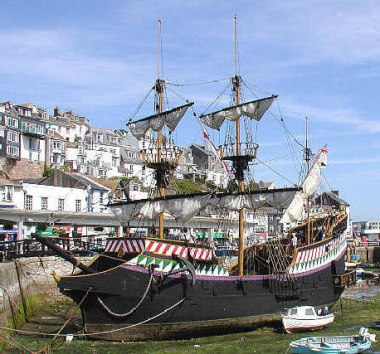
They then sailed to Brazil, and successfully navigated the notoriously difficult Strait of Magellan in 1578. He was the first Englishman to do so. Then there was more bad luck, as the Marigold was lost, and the Elizabeth sailed back to England. Out of the 164 crew that started the voyage, only 58 crew members remained on the voyage by October of 1578 and all were now on the one remaining ship – the Pelican. Drake chose to rename the ship to honour Sir Christopher Hatton, Lord Chancellor. It became the Golden Hind.
1579 was an eventful year for Drake. He took over the Spanish ship, Nuestra Senora de la Concepcion, only hurting the captain with an arrow. He gained a wealth of treasure from this!
Also in this year, repairs to Drake’s ship were needed, so Drake moored at what today is San Francisco. He did not waste the opportunity and claimed the land for England, naming it ‘Nova Albion’ (Latin for ‘New Britain’) – a successful journey! Today, there is a Sir Francis Drake Hotel in Union Square, San Francisco, as a commemoration of this historical moment.
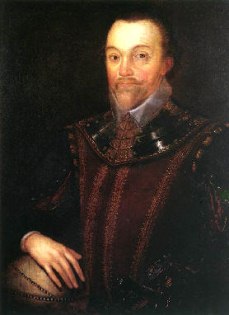 They then crossed the Pacific and through the Indian Ocean, past Indonesia and all the way back to England, returning with much treasure and exotic spices. He had become the first Englishman to circumnavigate the globe on 26th September, 1580.
They then crossed the Pacific and through the Indian Ocean, past Indonesia and all the way back to England, returning with much treasure and exotic spices. He had become the first Englishman to circumnavigate the globe on 26th September, 1580.
After this incredible achievement, Queen Elizabeth I saw it fitting to honour Drake, not only with £10,000, but also with a knighthood. It was thought that she dined on the Golden Hind at Deptford in 1581 and it was after this meal that he became Sir Francis Drake. But in fact, she delegated the job of knighting Drake to Marquis de Marchaumont, a French ambassador. This was to avoid drawing attention to Drake’s achievements and making it seem that she approved of his tactics, to appease the Spanish. In September of the same year, he was made Mayor of Plymouth. The water supply he set up for the city under this role lasted 300 years!
Drake’s first wife, Mary Newman, had died just 12 years after they married. Then, in 1585, he married again, to Elizabeth Sydenham, who was 20 years younger than him and a wealthy heiress. With their combined fortune, they lived in Buckland Abbey, Devon. It is believed that when the drum in the house – ‘Drake’s Drum’ – is heard, England is under threat. The Abbey is now a museum owned by the National Trust.
Drake was involved in the destruction of a Spanish fleet at Cadiz in 1587, in what became known as ‘singeing Philip of Spain’s beard’. The attacked fleet was to be part of the Armada, and this action delayed it for a year. Drake was given the position of Vice Admiral to Lord Howard of Effingham in 1588, to fight the Armada. Broadside positioning, devised by Drake, was a success. He ordered the British ships to sail in a line further away from the Spanish ships than would normally be advised. They would then shoot from this position, which proved very effective in defeating the Spanish.
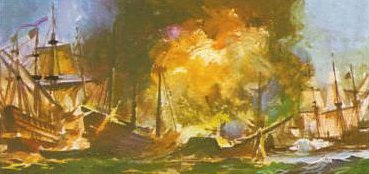
It was Drake’s voyage in 1596 that was to be his last. His attempts to attack Spanish vessels in San Juan, Puerto Rico were failing and he then contracted ‘the bloody flux’, today known as dysentery. It was this that killed him on January 28th, on board the Defiance. His body, dressed in armour in accordance with his request, was encased in a lead coffin and lowered into the sea near Panama, a fitting end for a man famous for his naval voyages. The coffin has never been found.
